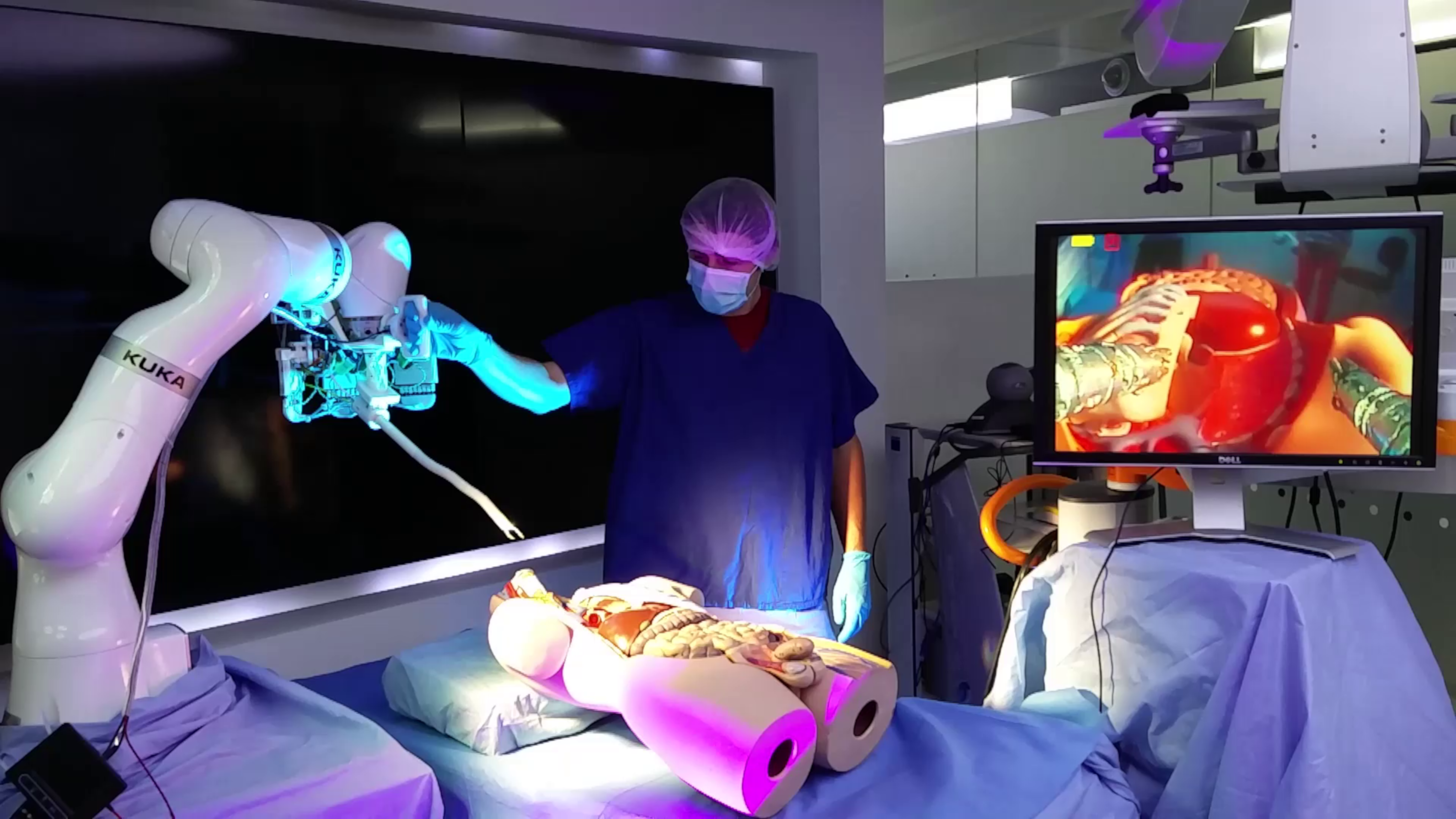Advancements in technology have significantly transformed the medical field over recent decades; among these advancements, robotic-assisted surgery has been utilized for a variety of procedures. While traditional surgery remains a tried-and-true approach, robotic surgery is emerging as a sophisticated alternative in many medical scenarios. Understanding these two approaches can provide clarity for patients facing surgical decisions.
What Is Robotic Surgery?
Robotic surgery is a highly advanced procedure that uses robotic systems to assist surgeons during operations. Robotic surgery does not replace surgeons. A trained surgeon operates robotic instruments through a console equipped with hand controls and an advanced viewing system.
The robotic system consists of mechanical arms that replicate the surgeon’s movements in real time with meticulous accuracy. These arms accommodate small surgical instruments and a laparoscopic camera, allowing minimally invasive access to the surgical site. By combining human expertise with technological enhancement, robotic surgery introduces a new dimension to modern medical practices.
What Does the Process Entail?
The process of robotic-assisted surgery can be broken into four main stages. Each stage focuses on a specific component of care. Details may vary depending on the surgery being performed, but a general timeline typically will include:
- Surgery Setup: Once the robotic system is prepared, the surgeon inserts the specialized instruments and camera into the patient through small incisions. These entry points minimize the invasiveness of the procedure while supporting effective instrument placement.
- Real-Time Operation: Seated at the console, the surgeon uses hand-operated controllers to guide the robotic arms. The camera provides an enlarged, detailed view of the operating field, enabling the surgeon to maneuver instruments with precision.
- Post-Surgery Recovery: Following the procedure, patients are transferred to recovery for monitoring. Due to the minimally invasive nature of robotic-assisted procedures, many patients experience shorter hospital stays and reduced recovery periods compared to traditional methods.
How Does It Compare to Traditional Surgery?
Robotic-assisted surgery offers multiple benefits, particularly when compared to traditional surgical methods. While traditional surgery has long been used to address a wide range of conditions, the enhancements offered by robotic systems introduce a degree of precision and patient care that is difficult to replicate otherwise. Some of the most notable benefits compared to traditional surgery include:
- Enhanced Precision: One of the most notable advantages is the improved precision that robotic systems provide. Using robotic instruments, surgeons can perform highly intricate movements with a steadiness unmatched by the human hand.
- Smaller Incisions and Reduced Scarring: Robotic surgery often involves smaller incisions compared to the larger openings required in traditional surgery. These smaller entry points lead to less scarring, as well as lower risks of tissue damage.
- Shorter Recovery Times: Minimally invasive techniques in robotic surgeries typically translate to shorter hospital stays and faster recovery periods.
- Reduced Blood Loss and Pain: The accuracy afforded by robotic tools often results in reduced blood loss during procedures.
Although robotic surgery is not suitable for all situations and requires careful examination on a case-by-case basis, its advantages underline its continued adoption in medical practices worldwide.
Speak With a Surgical Expert
When exploring options for surgical procedures, understanding the differences between traditional and robotic approaches is a valuable first step. A surgical expert can provide tailored advice and detailed explanations to help patients confidently make informed decisions about their care. By offering insight into technological advancements like robotic-assisted surgery, healthcare professionals help bridge the gap between innovation and patient understanding.
- FREHF – The Revolutionary Future Of Human-Centered Technology!
- Adsy.Pw/Hb3 – Boost Your SEO And Drive More Traffic!
- Fitness Based Vacations By Timeshealthmage.com!
- TimesHealthMag Tips For Improving Sleep Quality – Expert Advice For Better Rest!
- How TimesHealthMage Helps Improve Your Lifestyle Habits!


Leave a Reply